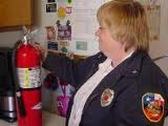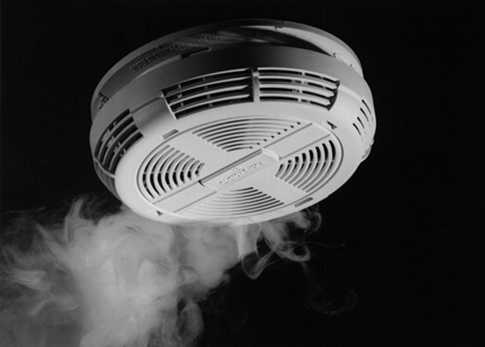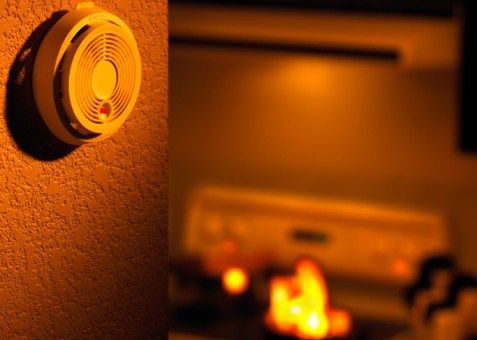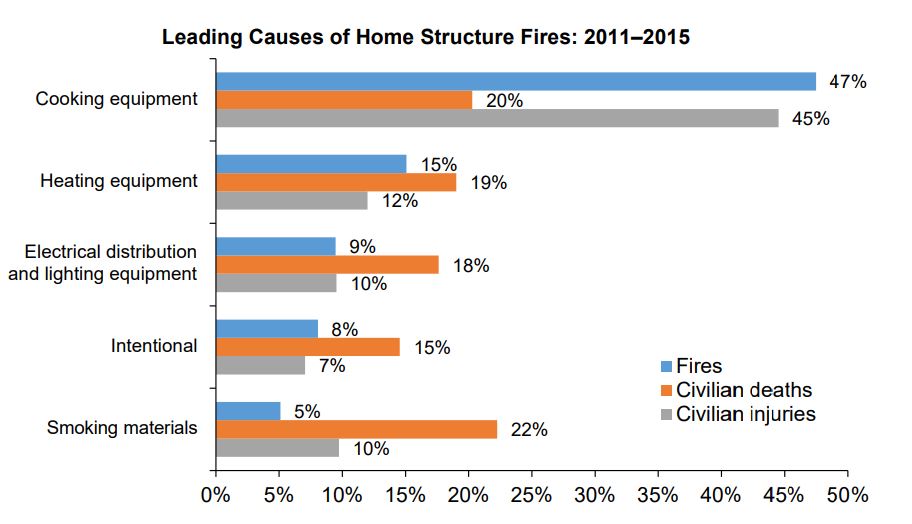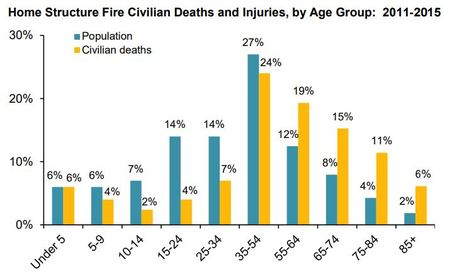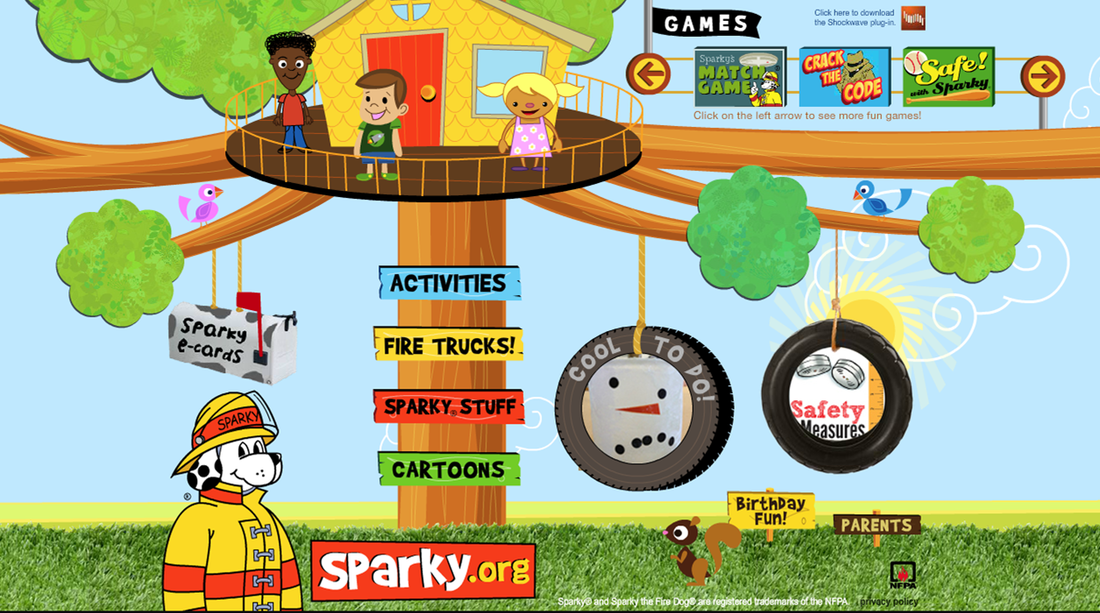Fire Prevention
Fire Safety Home Inspections
|
The South Oldham Fire Department is offering a free fire safety home inspection for residents in our fire district of Crestwood and surrounding communities. The program is voluntary for residents and in not regulated by any local fire codes or regulations. Contact the station at 241-8992 Monday - Friday from 9-5 to schedule an inspection.
|

